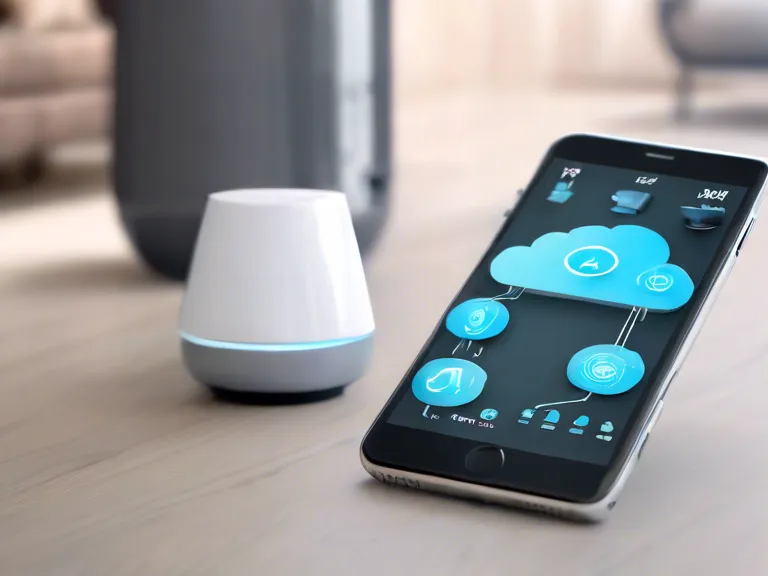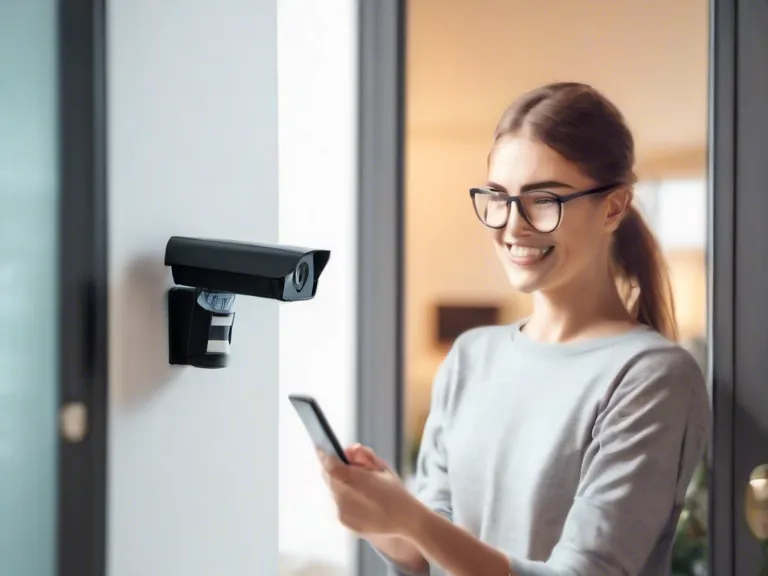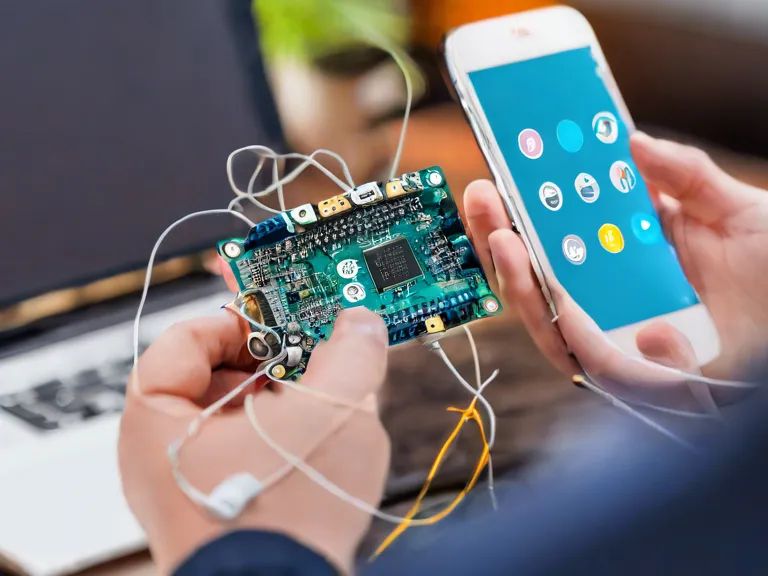
How to Build a DIY Smart Home System with IoT Devices
In today's digital age, the Internet of Things (IoT) has revolutionized the way we interact with our homes. With the help of IoT devices, you can now create a smart home system that enhances convenience and efficiency. Building your own DIY smart home system may seem like a daunting task, but with the right tools and guidance, it can be a rewarding project. Here are some steps to help you build your very own DIY smart home system using IoT devices.
Step 1: Plan Your System
Before diving into the world of IoT devices, take the time to plan out your smart home system. Consider what areas of your home you want to automate and what devices you will need to achieve your goals. Think about the functionalities you desire, such as smart lighting, security cameras, or smart thermostats.
Step 2: Choose Your IoT Devices
Once you have a clear plan in place, it's time to choose the right IoT devices for your smart home system. Research different brands and models to find devices that are compatible with each other and fit your budget. Popular IoT devices include smart bulbs, smart plugs, smart sensors, and voice assistants.
Step 3: Set Up Your Devices
After acquiring your IoT devices, follow the manufacturer's instructions to set them up. Most devices can be connected to a central hub or controller, such as a smart home hub or smartphone app. Configure your devices to work together seamlessly and test their functionality before integrating them into your smart home system.
Step 4: Create Automation Rules
One of the key benefits of a smart home system is automation. Use the features provided by your IoT devices to create customized automation rules. For example, you can set your smart lights to turn on and off at specific times, or have your smart thermostat adjust the temperature based on your schedule.
Step 5: Monitor and Maintain Your System
Once your DIY smart home system is up and running, regularly monitor and maintain it to ensure optimal performance. Update your devices' firmware, troubleshoot any issues that may arise, and adjust your automation rules as needed to enhance your smart home experience.
Building a DIY smart home system with IoT devices can be a fun and rewarding project. By following these steps and using the right tools, you can create a smart home that suits your needs and enhances your living space.


